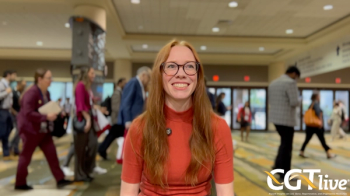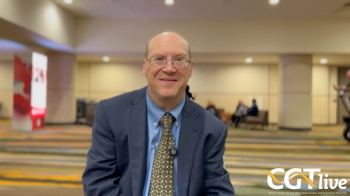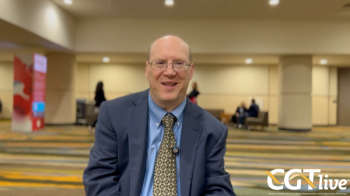
John Finn, PhD, on Using Programmable Genomic Integration to Make Edits Big and Small
The chief scientific officer of Tome Biosciences also discussed the company’s pipeline for its new technology.
This is the second part of an interview with John Finn, PhD. For the first part,
“With these 2 tools in our toolbox now, essentially we can do anywhere from 1 base up to—well, we've shown we can do over 30,000—I don't think there's really an upper limit. As long as you can get that DNA, the integrase does not care how big the DNA is.”
Thus far, genomic medicine has made most of its headway in the form of adeno-associated virus (AAV) vector-based gene therapy and CRISPR/Cas9 gene editing. Although these modalities have enabled great leaps forward for a few select diseases, and have now even secured some FDA approvals, they carry important limitations. For example, AAV vectors are limited to carrying smaller genetic payloads.
As such, work is ongoing across industry and academia to address these limitations through the development of new technology. One company of working in this space is Tome Therapeutics, which is currently engaged in development of a unique programmable genomic integration (PGI) technology that it seeks to apply in various contexts, including both ex vivo cell therapy and in vivo gene therapy. The company presented preclinical research regarding its technology at
In an interview, Finn discussed some of the tools in the company’s toolbox for the specific application of PGI. For example, he noted that ligase PGI will be useful for making small edits, such as single base edits or edits to a single exon in a gene. On the other hand, integrase-mediated PGI will be the tool of choice for inserting much larger pieces of code, potentially even beyond 30,000 bases. Finn also discussed some of the challenges the company has overcome with its preclinical work so far and its intention to pursue a pipeline targeted at both rare and common disease indications.
REFERENCES
1. Tome Biosciences presented data on its programmable genomic integration technologies at ASGCT. News release. Tome Biosciences, Inc. May 10, 2024. Accessed July 12, 2024. https://tome.bio/news/tome-biosciences-presented-data-on-its-programmable-genomic-integration-technologies-at-asgct/
Newsletter
Stay at the forefront of cutting-edge science with CGT—your direct line to expert insights, breakthrough data, and real-time coverage of the latest advancements in cell and gene therapy.
















































